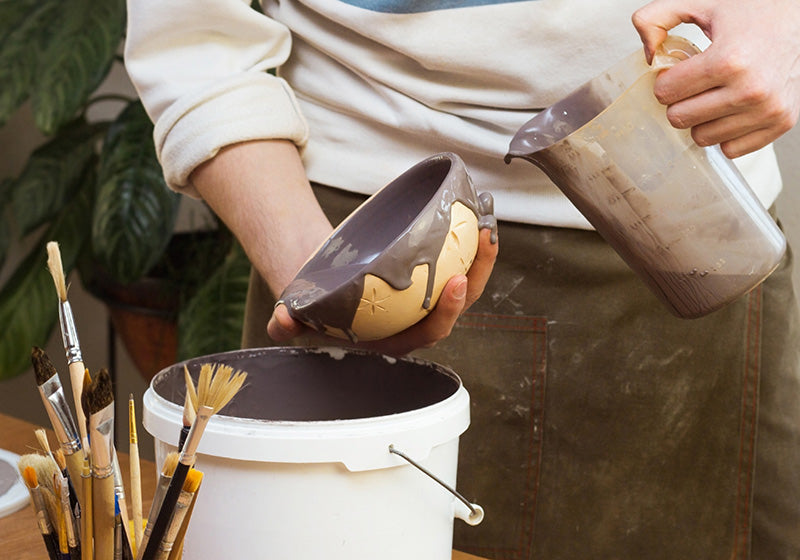
Can You 3D Print Food-Safe Products?
Share
3D printing has unlocked a world of possibilities for custom, one-of-a-kind designs, but when it comes to food safety, the conversation becomes a little more complex. Whether you're printing custom kitchenware, mugs, or even experimental food molds, ensuring that your 3D printed creations are food-safe requires a closer look at materials, processing, and coatings.
Is 3D Printing Food-Safe?
The short answer: it depends. While many people assume that 3D printing can produce food-safe items just like traditional manufacturing, there are key factors that need to be considered:
- Material Safety: Many common 3D printing materials, such as PLA and ABS, are not inherently food-safe due to potential chemical leaching. Even food-safe plastics require proper handling to ensure safety.
- Layer Lines & Bacteria Growth: The layered nature of 3D printing creates tiny crevices that can trap bacteria, making it difficult to clean effectively.
- Post-Processing & Coatings: Even if a material is food-safe, the way it is printed and finished can introduce contaminants or structural issues.
The Case for 3D Printed Ceramics
One of the best ways to achieve food-safe 3D prints is to turn to a material that has been used for centuries—ceramics. Unlike plastic prints, 3D printed ceramics can be fired in a kiln, vitrifying the material and sealing its surface, making it naturally food-safe.
Advantages of 3D Printed Ceramics for Food Safety:
- Non-Porous Surface: When properly fired, ceramics become vitrified, meaning they do not absorb liquids or harbor bacteria.
- High-Temperature Durability: Unlike plastics, ceramic products can withstand boiling water, microwaves, and dishwashers without breaking down.
- Customization & Artistry: Clay 3D printing allows for unique, parametric designs that are difficult to achieve with traditional methods.
The Role of Food-Safe Glazes
To take food safety a step further, 3D printed ceramic products should be coated with a food-safe glaze. This glaze serves multiple purposes:
- Sealing the Surface: Even well-fired ceramics can have microscopic pores, and a proper glaze creates a smooth, non-porous surface.
- Enhancing Durability: Glazes make ceramics more resistant to staining, scratching, and absorbing moisture.
- Adding Aesthetic Appeal: A well-applied glaze can create beautiful, glossy, or matte finishes while ensuring safety for everyday use.
When choosing a glaze, it’s important to look for formulations labeled as food-safe and lead-free. Many traditional ceramic glazes contain materials that, if not formulated properly, can leach harmful substances into food. At Revizion 3D, we take extra care to select glazes that meet food safety standards while complementing the unique, organic textures of 3D printed clay.
